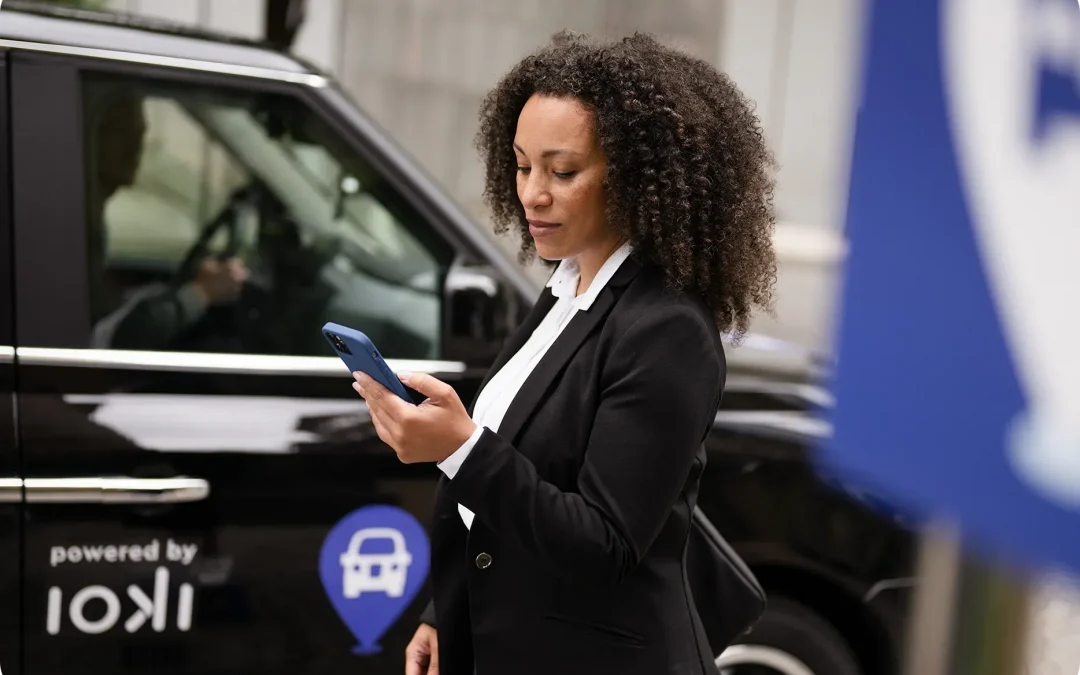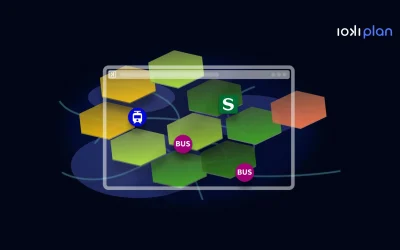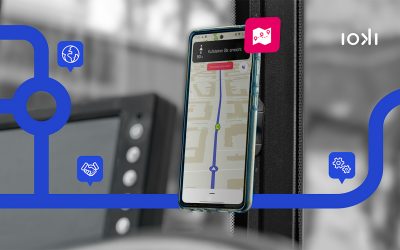Together with the Institut für Tourismus- und Bäderforschung in Nordeuropa (NIT), our Mobility Analytics & Consulting team has carried out the first tourism mobility analysis in the Bay of Lübeck. The goal: to identify areas where public transport services could be improved so that tourists do not have to rely on their cars during their stay.
The Bay of Lübeck consists of several towns and a variety of attractions along the Baltic Sea coast. The coastal area and the various leisure activities in the area surrounding the city of Hamburg and Lübeck regularly attract a large number of tourists who arrive by various means of transport.
In addition to the everyday mobility of locals, transport use is also strongly characterised by tourist mobility. This includes the arrival, departure and excursions of visitors during their stay.
On behalf of the Schleswig-Holstein Tourism Association (TVSH), our Mobility Analytics & Consulting team analysed the various aspects of tourism mobility. Among other things, they asked themselves these questions in advance:
• What patterns of movement do tourists follow?
• What are the mobility needs of tourists?
• What are the strengths and weaknesses of current tourist transport services?
• Where could on-demand services usefully complement tourist transport offer?
In order to answer these key questions, our mobility experts developed a model of tourists’ movement patterns.
The project team based the tourism mobility model on independently collected data sets, information, interviews, studies, expert opinions and survey data. These were analysed, evaluated and incorporated into the tourism transport model.
The result is a microscopic depiction of tourist transport demand and an evaluation basis for identifying weak points in the current mobility offer. This includes the basis for the future planning of on-demand services as well as the evaluation and analysis of pedestrian and cycle traffic.
Based on the analysis, our Mobility Analytics & Consulting team was able to identify ideal locations for Mobility Hubs where a selection of mobility services – such as bike sharing, train or bus stops or public transport pick-up and drop-off points – could be bundled.



